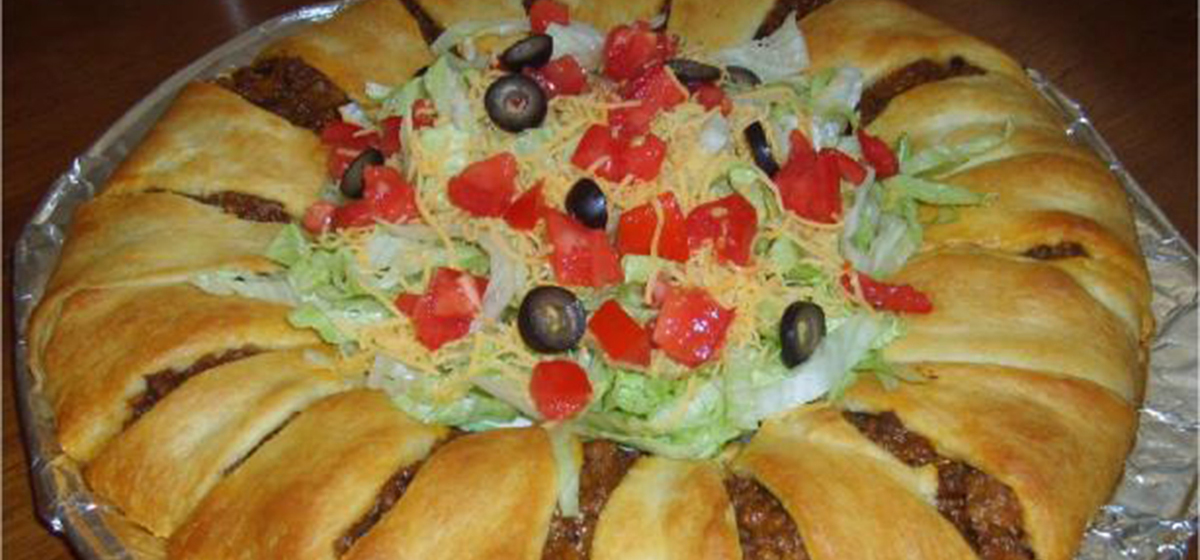Photos by Jessica Rodriguez
 Jesus Moroles worked under the great Luis Jimenez, but he considered his father his greatest influence. He has completed works in the world’s great urban centers—Washington, DC; Shanghai; Houston; New York—but he grew up in Texas and, until his death in June of this year, lived in Rockport, Texas. He has one work in Montgomery County (“Spirit Columns,” at the Six Pines and Lake Robbins Intersection in The Woodlands), along with numerous pieces in neighboring Walker and Harris counties—but his works have also appeared in the Smithsonian and the White House. Indeed, Moroles was invited to the White House in 2008 to receive the National Medal of Arts from President Bush, who recognized the artist for his “enduring achievements as a sculptor of stone.” In a career that spanned more than five decades of cutting stone, Moroles’s body of work cuts across cultures, geography, and generations, underscoring the notion that art is a universal language. Postcards visited with Moroles shortly before his death to discuss his art.
Jesus Moroles worked under the great Luis Jimenez, but he considered his father his greatest influence. He has completed works in the world’s great urban centers—Washington, DC; Shanghai; Houston; New York—but he grew up in Texas and, until his death in June of this year, lived in Rockport, Texas. He has one work in Montgomery County (“Spirit Columns,” at the Six Pines and Lake Robbins Intersection in The Woodlands), along with numerous pieces in neighboring Walker and Harris counties—but his works have also appeared in the Smithsonian and the White House. Indeed, Moroles was invited to the White House in 2008 to receive the National Medal of Arts from President Bush, who recognized the artist for his “enduring achievements as a sculptor of stone.” In a career that spanned more than five decades of cutting stone, Moroles’s body of work cuts across cultures, geography, and generations, underscoring the notion that art is a universal language. Postcards visited with Moroles shortly before his death to discuss his art.
My father, Jose Moroles, was my biggest influence and a hard act to follow. He was a go-getter, and he made me fix things and get my hands dirty. We took apart motors, and his philosophy was that of a doctor, to analyze things. If a door doesn’t close, you don’t just slam it. You take a look at it, and figure out what’s wrong. But people don’t look.
 How did you apply that to art? The lessons are there, but you had to make the leap.
How did you apply that to art? The lessons are there, but you had to make the leap.I loved doing the art, and my parents encouraged me and sent me to YMCA art classes. Our teacher said, “Why don’t you come to my private classes?” She liked me, and her private lessons were $15 an hour, but she knew we couldn’t afford that. She said, “Just don’t tell anyone, and we’ll do a dollar a day.” I was fortunate to have people take me under their wings, push me, and nurture me.
No. I don’t think I was a better artist. I think I worked harder at it. I think anyone can do art.
Yes, that’s what I wanted to do, although I didn’t always know that. At one time, I thought I wanted to do math, but it was really art all along.
That’s right. While in high school, Captain Gilliam was the math teacher, and he was a retired naval navigations officer. I enjoyed taking classes from him, and I took trig, geometry, calculus, and other college preparation classes from him. I wasn’t planning to go to college; I just liked his classes.
When I graduated, I received my draft notice from the Army, but the same day, I went down to the Air Force recruiting office, and they said, “We can’t take you; you’re in the Army.” But they gave me a test anyway, and I scored high in math. That score helped me get in the Air Force, because they could put me in what was called a “critical career field.” My classmates went in the Army, and they didn’t make it back from Vietnam.
I was able to work as an illustrator in the Air Force. They only had two positions, but I got one of them. I did illustrations for their publications.
 I went to El Centro Community College in Dallas. I didn’t know how college worked exactly, so the first semester I signed up for 12 hours of art. I loved it. The next semester, I signed up for 12 more hours of art. About halfway through the semester, they called me into the office and said, “What are you doing? Who is your advisor?” I said, “What’s an advisor? I don’t have an advisor.” And they said, “Well, that’s evident.” So, I got rerouted into English and History and Science. And I ended up getting my Associate’s Degree, and from there went to the University of North Texas in Denton.
I went to El Centro Community College in Dallas. I didn’t know how college worked exactly, so the first semester I signed up for 12 hours of art. I loved it. The next semester, I signed up for 12 more hours of art. About halfway through the semester, they called me into the office and said, “What are you doing? Who is your advisor?” I said, “What’s an advisor? I don’t have an advisor.” And they said, “Well, that’s evident.” So, I got rerouted into English and History and Science. And I ended up getting my Associate’s Degree, and from there went to the University of North Texas in Denton.
I met Luis Jimenez, and he asked me to come and help him. He did a workshop at my school, and we made a connection. I worked with him for a year, and the first piece of granite I sold brought me good money. And Jimenez said, “You know, you are already an artist.”
When you work with a master, you’re just an extension of their little finger. You help them however they need it, and you try to learn by osmosis. I watched everything he did. I learned from his work ethic, and the other things he did well, while also striving to develop my own strengths.
 After you worked for Jimenez, you went to Italy. How formative was that for you?
After you worked for Jimenez, you went to Italy. How formative was that for you?It was amazing. It’s filled with history, the work of the masters. I lived in the same town as Michaelangelo. I used tools that were hand-forged; I lived by a castle. It was also transformative in that I was in a car accident that almost killed me. I was going to have dinner with Isamu Naguchi, the world’s most famous sculptor and my hero. The accident prevented me from meeting him, but because I was unable to work, I had time to travel and see things. I actually experienced those works of art in Venice and Rome and Florence.
I went, for example, to Altissimo to see the white marble. The mountain is white, punctuated by shrubbery and grass, and the ground is rough. But where people have walked up the mountain, it is smooth and worn down with toe-holds where people have stepped. And when I first saw it, it was wet from morning dew, and it looked polished. It was man and nature working together, it was beautiful, and it was what I wanted to do.
Yes, but it was nice. I had previously met a man named Rodman Montgomery from Waxahachie, Texas, and he used to make tombstones. He let me use his old workshop, and I moved in. I used his old stones, cut them into art, and they sold. It gave me a jump on my career, and I have always appreciated that man.
 How did you get in the Amarillo Art Center, one of your first big shows?
How did you get in the Amarillo Art Center, one of your first big shows?I called them. I said, “I don’t know if you remember me, but I was here with Luis Jimenez…”
I left photographs with the Center. The director called me, and he asked if I wanted to do a show. I didn’t have any work at that time to show, but I was going to do the show.
You know, people don’t say, “Yes!” They think of reasons they can’t do things. I said, “Yes.” I took the opportunity, and I made something out of it. A lot of people don’t.
Yes. I had some works that were show-ready, but not enough for a show. I got busy.
 On a technical level, how do you cut granite?
On a technical level, how do you cut granite?With a big saw. When I was working in Waxahachie, I took money from my sales, and I bought a large—gigantic, really—bridge saw that works an area of 18 feet by 18 feet. It was 30-40 years old when I bought it. I still use that saw. It’s not the equipment, it’s what you do with it. One piece I had was long, and I hit a bump in the road on the way to deliver it. I looked back, and the piece was three-feet in the air, and it broke when it landed. The break was pretty straight, so I layered some granite between the two halves, giving it some horizontal lines. I had the piece done the next week, and it was chosen to be placed at the White House!
That ties into my concept of nature and man. You have the rock, and water, which makes everything grow, and you make it into art.
 You do a lot of large pieces. Is that something you took from Naguchi?
You do a lot of large pieces. Is that something you took from Naguchi?Yes, he was amazing.
I have a running fight with engineers. I think they are full of baloney. They are supposed to tell you how you can do something, and they end up telling you why you cannot do it. At times, I’ve had to go into the ceiling and run I-beams to re-support the roof so a heavy object could hang, but you make it happen.
In Shanghai, I did a plaza that’s fifty-one pieces.
 The Houston Police Memorial was a large piece (120 feet by 120 feet).
The Houston Police Memorial was a large piece (120 feet by 120 feet).Yes. I went to the site, and I thought, “I don’t want to do a police officer holding a little kid’s hand with a sign that says, ‘We Protect.’” I wanted to do something different, something that attracted people. I dug into the ground, like clay, and I made a mound, and plateaus, and stairs going into the ground. It’s a pyramid, one that grows out of the ground. It’s a maze, too, because the stairs don’t go all the way up, you have to find your way around, to the top, where there is a fountain.
I don’t like to explain my art, because I don’t want to intrude upon others’ interpretations, but it can be seen from many perspectives. From the sky, it’s the shape of a cross. I wanted to push the earth in and out, I wanted to go down, and up. It’s open to the viewer.
 There are challenges with creating art in the context of a landscape or an environment. In the Houston Police Memorial, you have the skyscrapers east of the memorial. How does that play into your design?
There are challenges with creating art in the context of a landscape or an environment. In the Houston Police Memorial, you have the skyscrapers east of the memorial. How does that play into your design?It makes a huge difference. The design needs to fit into the environment. They asked me to do a piece in front of the Modern Museum of Art in New York, and they wanted a fountain. I like doing fountains, but it wasn’t a good place for it. It was a dirty area, and that was going to present a problem. I did something that had open spaces and movement, and they liked it.
 How many pieces have you done, total?
How many pieces have you done, total?About 5,000 pieces.
It can be dangerous. I’ve fallen off a 30-foot sculpture onto concrete. I’ve almost died four or five times in my lifetime while working on art. Jimenez died doing a large piece for the Denver Airport, and he was also losing his eyesight, so he couldn’t see as well. It’s tough. Each time I’ve been injured, I’ve come out like gangbusters, feeling as though I’ve had a second chance.
 Your work spans multiple media. Some of your work doubles as musical instruments, and you often incorporate dance and other forms of art into your work.
Your work spans multiple media. Some of your work doubles as musical instruments, and you often incorporate dance and other forms of art into your work.I don’t think we can be a good society without culture. I grew up in a place and a time when art was part of the every-day curriculum. Art gave me something to look forward to, and appreciation of art and artists has made me value life and people. Without that, it’s not going to be a good place to live. I try to tie dance, music, and visual arts together. I feel that working together will help people live together.
 What’s next?
What’s next?I’m trying to work on creating sacred spaces around the world. I think we need places where people can reflect, feel nurtured, and revive themselves.
Moroles passed away in an auto accident on June 15, 2015. He died with 25 projects in the works, and his family has indicated they intend to complete all ongoing projects.



